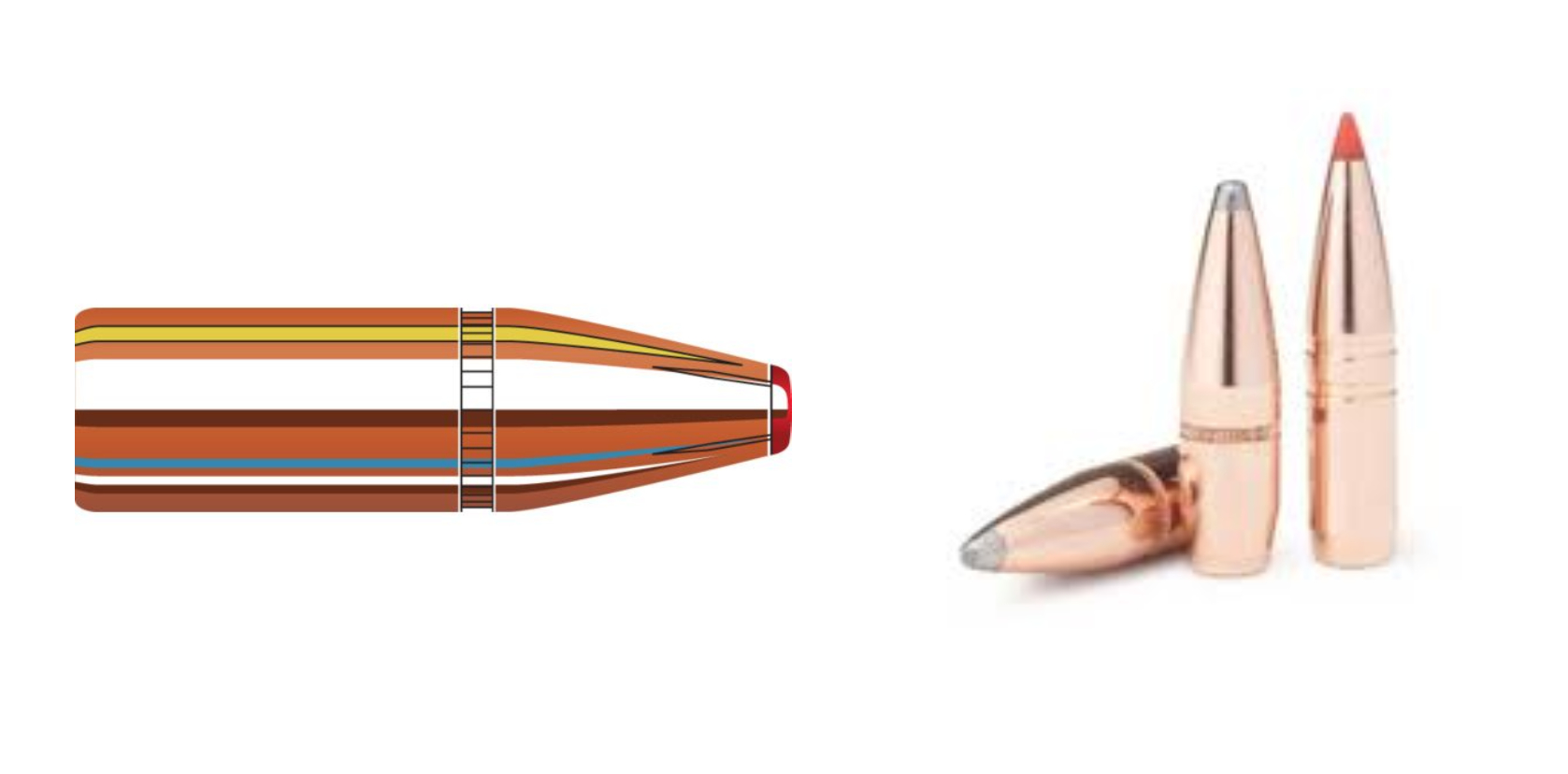
If you’re serious about reloading, one of the most important and misunderstood factors in your performance and safety is bullet seating depth.
Getting it wrong can lead to feeding issues, poor accuracy, or even dangerous pressure spikes.
Getting it right? That’s where true precision begins.
This guide breaks down what seating depth is, how to measure and adjust it, and why the right tools make all the difference.
What is Bullet Seating Depth?
Seating depth refers to how deeply the bullet is inserted into the case. It directly affects the overall length (OAL) of the finished cartridge.
Many reloaders mistakenly treat OAL as the end-all spec, but here’s the key distinction:
- OAL includes the entire cartridge length, which varies by bullet shape
- Seating depth is the distance the bullet sits inside the case neck which influences case volume and pressure
Both matter, and both need to be dialed in based on your firearm, bullet type, and purpose.
Why Seating Depth Matters
Pressure Control
The deeper a bullet is seated, the less internal space is left in the case. That reduced volume can spike pressure, sometimes dangerously, especially in high-performance rifle loads.
Feeding Reliability
Cartridges that exceed your firearm’s magazine length won’t chamber. On the other hand, overly short rounds may not feed cleanly in semi-autos.
Accuracy
For precision shooters, small seating depth changes can dramatically impact group size. Finding the “sweet spot” where the bullet exits the case and aligns with the barrel’s rifling, called the “jump”, is often the difference between good and exceptional results.
How to Find the Right Seating Depth
1. Start with Published Load Data
Always begin with a trusted reloading manual. Look up your caliber, powder, and bullet. Manufacturers provide tested OAL recommendations that are safe and reliable. Titan Reloading carries a full range of manuals from Hornady, Lyman, and Lee.
2. Measure OAL with a Caliper
A digital or dial caliper is essential. After seating, measure from the case head to the bullet tip. If you’re using hollow points or bullets with non-uniform tips, a comparator is even better, because it measures from the ogive (curved part of the bullet), which is more consistent.
3. Use a Bullet Seating Depth Gauge for Your Rifle
Rifle shooters chasing accuracy often use a tool like the Hornady Overall Length Gauge to find the exact point where a bullet touches the rifling. From there, you can seat slightly back (0.010″ to 0.030″ is common) to fine-tune accuracy.
Too Deep vs. Too Shallow: What’s the Risk?
- Too deep: Compresses powder space and can cause overpressure and case failure
- Too shallow: May not contact the case neck securely, leading to poor ignition or misfeeds
- Too long (OAL): Can jam in the lands or fail to feed from the magazine
- Too short (OAL): Reduces case volume and increases pressure unexpectedly
How to Adjust for Accuracy
If you’re chasing sub-MOA groups, seating depth can be your secret weapon, especially with bolt-action rifles.
- Start with a baseline OAL
- Load batches adjusting depth by 0.003″–0.005″ at a time
- Record groups at 100 yards
- Identify which depth gives you the tightest shot group with consistent velocity
Note: For semi-auto rifles and pistols, prioritize reliable feeding and safe pressures first. Fine-tuning for jump comes later.
Tools That Help You Dial It In
Titan Reloading carries everything you need to seat bullets accurately and repeatably:
- Digital calipers
- Comparator kits
- Micrometer seating dies (for ultra-fine adjustment)
- Overall length gauges
- Reloading manuals with tested OAL specs
The right tools not only improve your accuracy, but they give you confidence that each round is built exactly how you intended.
Get Started with the Right Bullet Seating Depth
When it comes to reloading, bullet seating depth isn’t a small detail; it’s a cornerstone of safety, consistency, and accuracy. A few thousandths of an inch can mean the difference between a round that feeds flawlessly and one that fails, between a safe load and dangerous pressure spikes, between an average group and a single ragged hole.
The good news? Seating depth is completely within your control when you have the right knowledge and tools. By starting with published load data, measuring carefully, and making small, deliberate adjustments, you can fine-tune your cartridges to your firearm and your shooting goals. Whether you’re building match-grade rifle rounds or ensuring reliable pistol ammo, understanding the interplay between case volume, bullet jump, and overall length will elevate your reloading results.
At Titan Reloading, we make that process simpler and more precise. Our selection of calipers, comparators, micrometer seating dies, gauges, and trusted manuals give you everything you need to load with confidence. No guesswork. No shortcuts. Just repeatable, safe, and accurate results every time you pull the trigger.
Ready to take control of your reloads? Equip yourself with the right tools from Titan Reloading and turn every round into a precision-built advantage.
Load smarter, shoot straighter, at Titan Reloading, we have you covered. Call us at (262) 397-8819 or visit www.TitanReloading.com to learn more.
